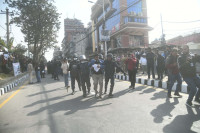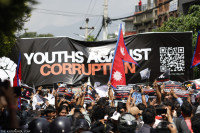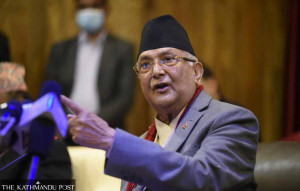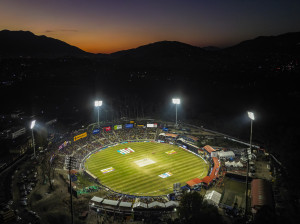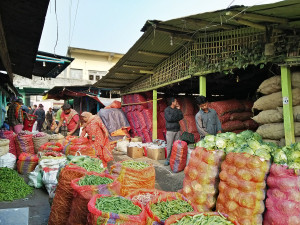Editorial
Monsoon madness
Most places in the country have turned into massive infrastructure development sites. Due to dug-up roads and ditches, large swathes of the Capital have become almost unlivable. Each day, there are reports and photos in the press of people having to cross or drive through roads that have turned into muddy rivers.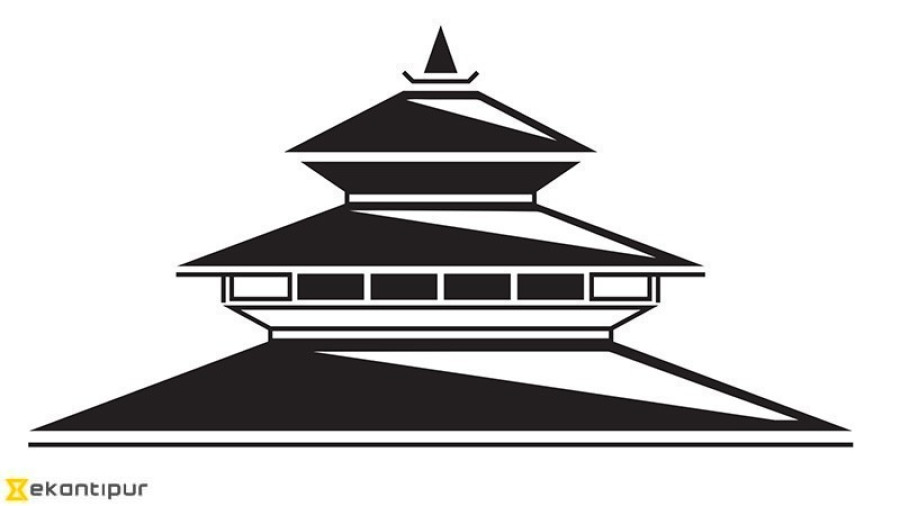
Most places in the country have turned into massive infrastructure development sites. Due to dug-up roads and ditches, large swathes of the Capital have become almost unlivable.
Each day, there are reports and photos in the press of people having to cross or drive through roads that have turned into muddy rivers.
There have also been numerous accidents where people have fallen into rain-clogged ditches and potholes at road construction sites.
These pose a particular threat to children. There was a great uproar a few weeks ago in Kathmandu after two children fell into such ditches.
While one was rescued, the other drowned. Public outrage led Prime Minister Sher Bahadur Deuba to order that all roads be fixed within fifteen days. Needless to say, the roads weren’t fixed by the mandated deadline.
And now there has been another catastrophe, this time not in Kathmandu, but in Garuda Municipality-4 in Rautahat district.
Four children drowned in a ditch on Saturday. According to the district police office, 11 children have drowned in such ditches over the past two months.
There are a number of issues that these accidents raise regarding the manner in which roads and other infrastructure are constructed in Nepal.
First, they indicate how completely haphazard road construction is, and the utter lack of safety precautions adopted.
There do not appear to be any safety guidelines in place, not even to mark ditches and potholes.
The contractors building roads do not seem to have made any contingency plans for the monsoon season.
At the very least, the government needs to immediately draw up some safety guidelines and ensure they are implemented well across the country.
Ditches and potholes need to be covered or at least prominently marked. Local governments have to be tasked with strictly implementing these regulations.
But these are short term technical solutions. There is a deeper and more complicated matter here which has to do with the manner in which construction contracts are handed out in this country.
It is an open secret that bids for building roads and other infrastructure are almost never given to the contractor who can offer the best quality, but rather to those who are willing to provide kickbacks.
As a result, a large share of funds for road construction is embezzled. And this is the primary cause behind the shoddy construction of roads, as well as the extremely low safety standards prevalent.
In other words, contractors and their government handlers are responsible for the deaths of the children who have drowned this season.
If the government is truly serious about addressing this issue, it needs to put stronger measures in place to supervise those responsible for disbursing and receiving contracts, and to hold them accountable, including by taking legal action against them.




 10.12°C Kathmandu
10.12°C Kathmandu

